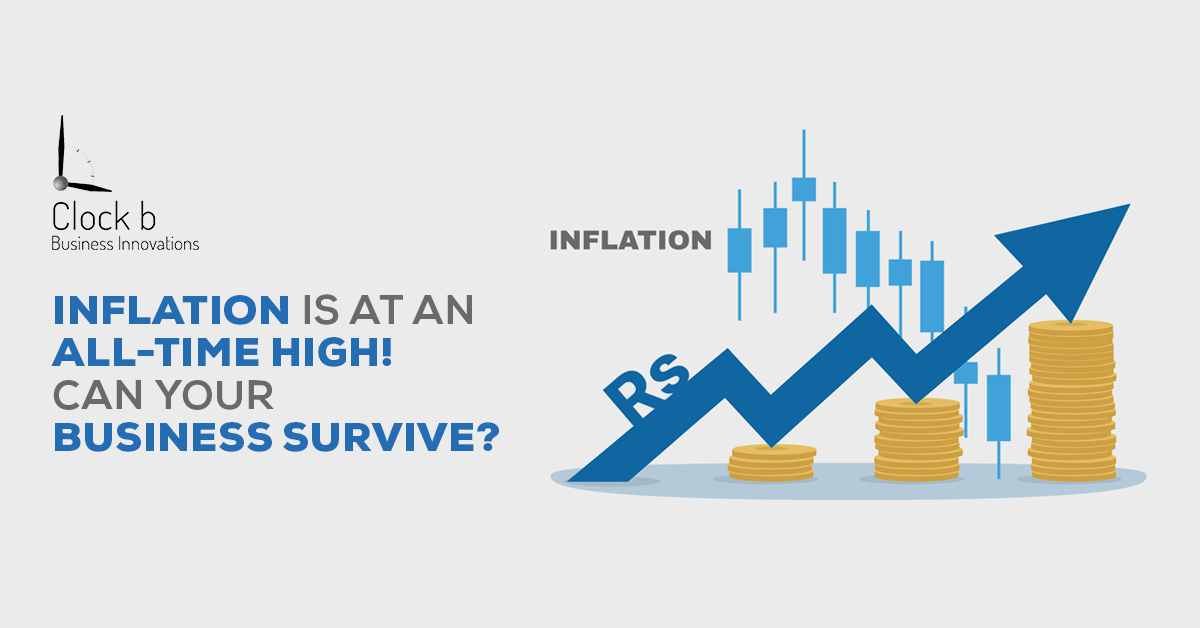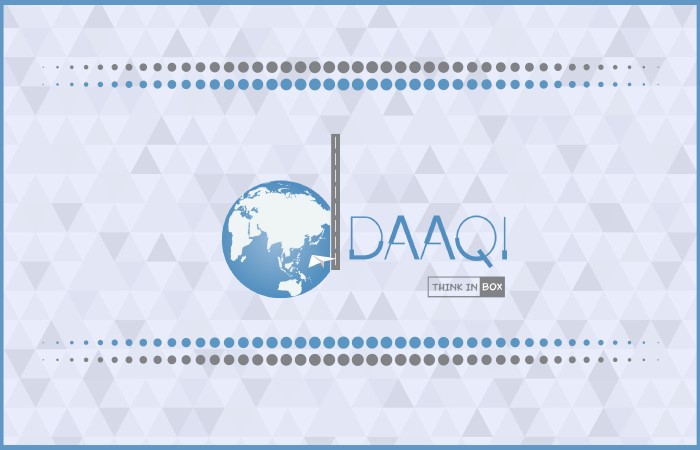Inflation is at an all-time high! Can your business survive?
The biggest problem SMEs today are facing is inflation. The recent pandemic and the Russian invasion of Ukraine have hit supplies of fuel and palm oil, arguably, affecting the entire global economy.
Short take:
Q: What is inflation?
A: An increase in price and a fall in the purchasing power of money.
Q: What’s causing inflation?
A: Higher global commodity prices are exacerbated by the Russia-Ukraine war.
You can hear business owners and entrepreneurs say, “It’s more difficult to sustain a business in today’s environment.” Yes it is! Nepal’s inflation rate is 7% and is still on a slight incline. Such a significant rise in the cost of goods and labor has SMEs grappling with falling profit margins.
Just putting your money in the bank is nowhere near enough to offset the impact of inflation. So businesses have to come up with innovative alternatives to fight it.
What should business owners do? How will they handle the rapidly changing costs? What steps can be taken to sustain their businesses?
SME owners need to make the following adjustments to ensure the longevity of their businesses:
What’s ahead:
- Do not wait it out.
- Establish a regular price review process.
- Consider ways to cut costs.
- Avoid martyrdom.
Do not wait it out.
This is an unnatural level of inflation. For business owners, it might create the urge for things to get back to normal, so wait it out. However, Nepal’s inflation history has been haywire with sharp declines and sharp inclines, and SMEs have to bear the brunt of it.
Therefore, it is easy to understand why they are hesitant to make significant financial changes within their company and instead want to wait until things have stabilized.
Establish a regular price review process.
Usually, the phase of pricing the product when it is brought into the market is conducted properly, by considering the costs and profit margins. But what about the review process?
A regular review process should be established to ensure the profit margins are more or less the same in the changing market environment, and a more frequent review during times of higher inflation. Reduction in the margin needs to be nipped in the bud before the business runs into trouble.
Consider ways to cut costs.
It is always useful to be frugal in life and in business. Similar to price reviewing, you also have a process to review your costs on a regular basis. Keep a look out for the cost of key ingredients and their suppliers. According to the review, you might want to consider switching suppliers, using different materials, or buying in bulk.
As prices go up for indirect costs like overhead, this could be a good time to take a look at what really gives your business a good return on investment. Reviewing software subscriptions and levels, bidding on insurance rates, and cutting down on unnecessary costs and inefficiencies are all ways to keep your bottom line stable.
Avoid Martyrdom
Without sufficient profit and cash flow, a business is likely to fail. So, in times of inflation, business owners may resist increasing prices in an effort to help others. But consistently underpricing is not a feasible long-term strategy.
Moreover, the business owner is not only responsible for the customers but also for their employees, their families, the community, and their clients. The price changes may not be as significant to the customers as they are to the overall health of the business itself.
With inflation reaching new heights, it’s creating new challenges for SMEs. While reacting to circumstances after they’ve occurred isn’t very helpful, SMEs need to pay attention to trends and act proactively when market conditions are changing.






